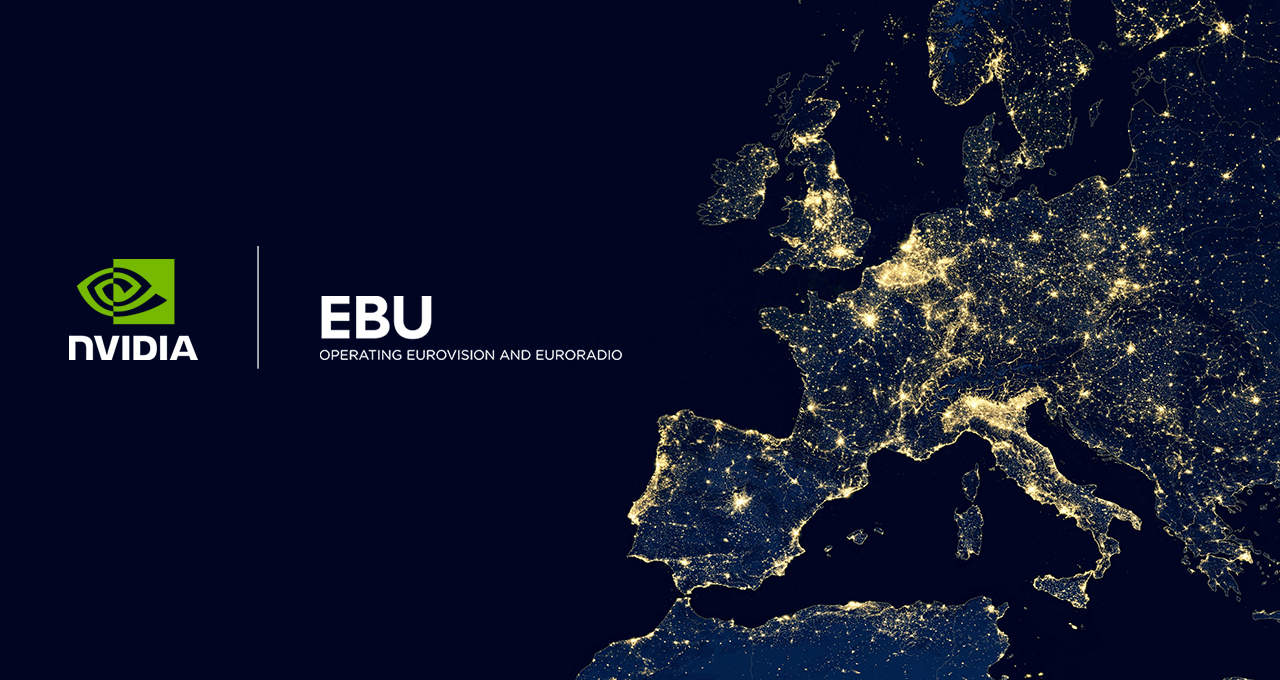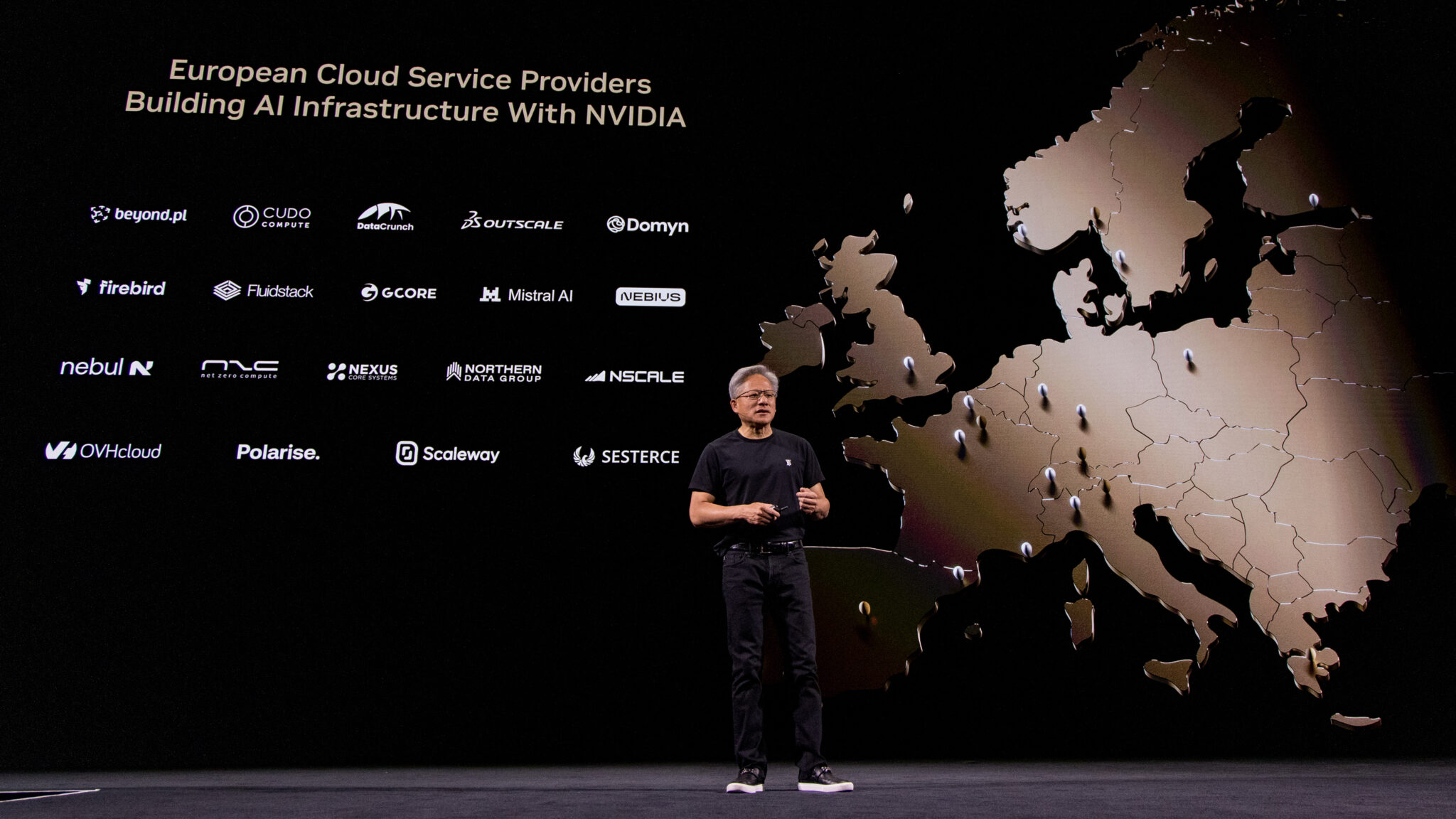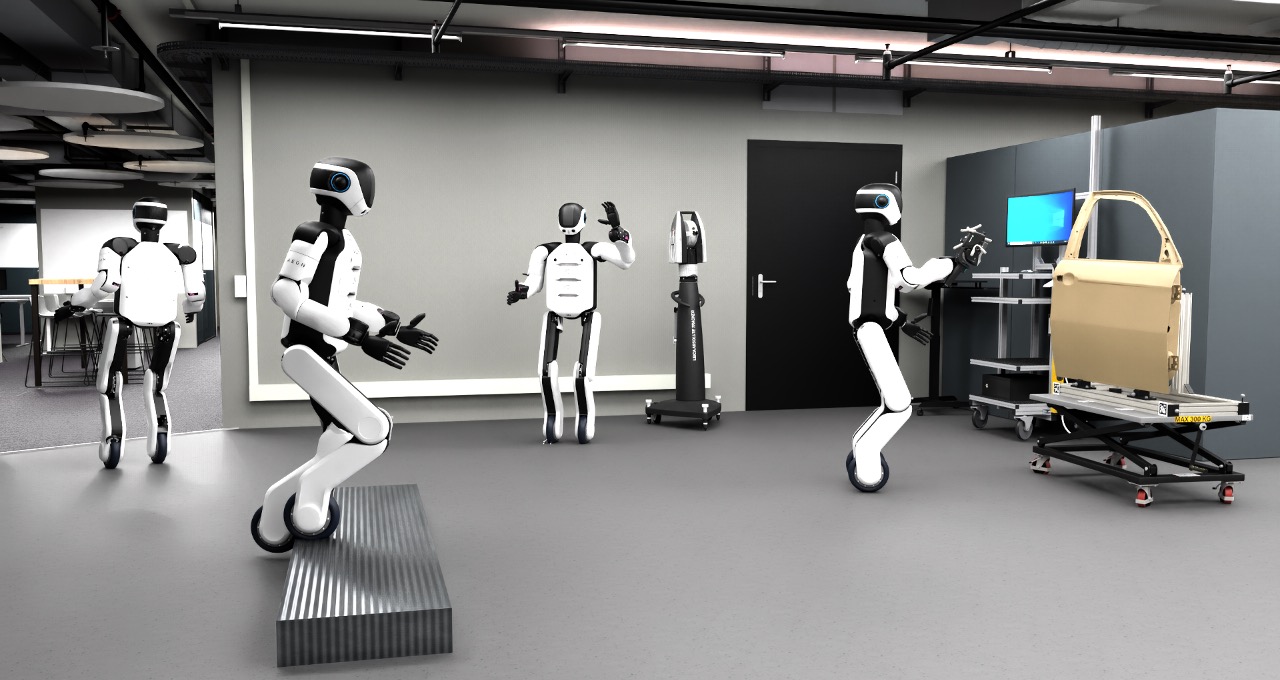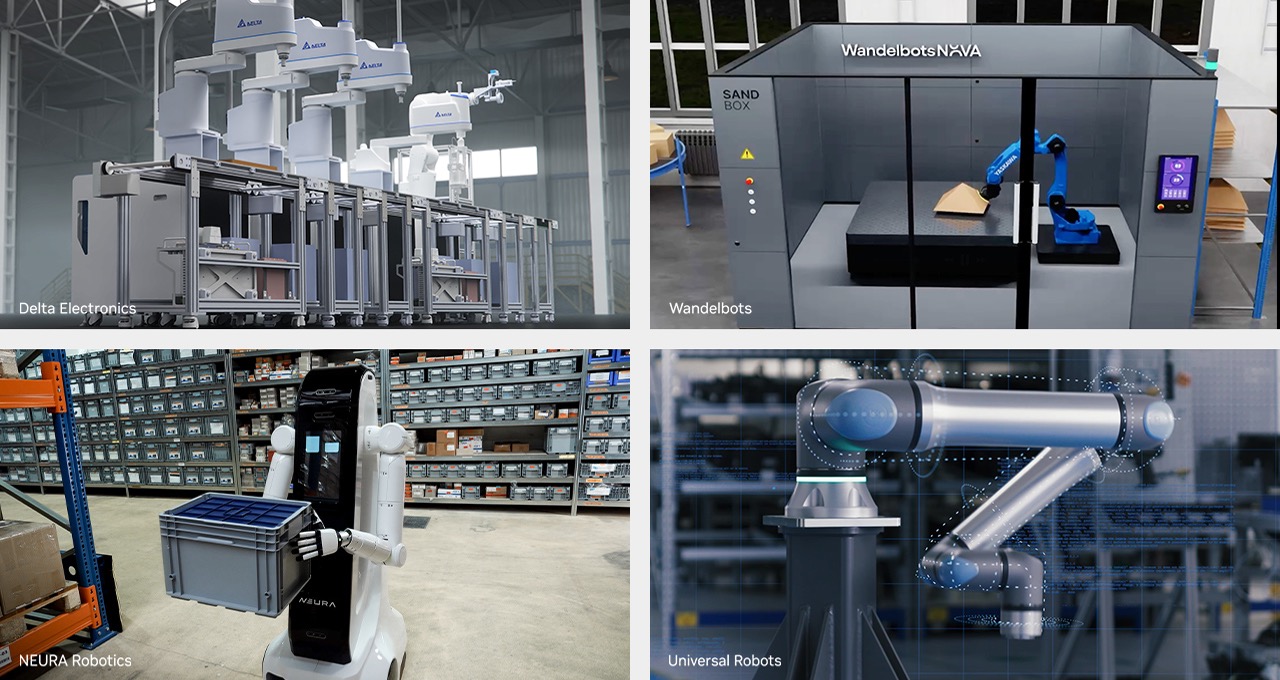Calling on LLMs: New NVIDIA AI Blueprint Helps Automate Telco Network Configuration
Telecom companies last year spent nearly billion in capital expenditures and over trillion in operating expenditures.
These large expenses are due in part to laborious manual processes that telcos face when operating networks that require continuous optimizations.
For example, telcos must constantly tune network parameters for tasks — such as transferring calls from one network to another or distributing network traffic across multiple servers — based on the time of day, user behavior, mobility and traffic type.
These factors directly affect network performance, user experience and energy consumption.
To automate these optimization processes and save costs for telcos across the globe, NVIDIA today unveiled at GTC Paris its first AI Blueprint for telco network configuration.
At the blueprint’s core are customized large language models trained specifically on telco network data — as well as the full technical and operational architecture for turning the LLMs into an autonomous, goal-driven AI agent for telcos.
Automate Network Configuration With the AI Blueprint
NVIDIA AI Blueprints — available on build.nvidia.com — are customizable AI workflow examples. They include reference code, documentation and deployment tools that show enterprise developers how to deliver business value with NVIDIA NIM microservices.
The AI Blueprint for telco network configuration — built with BubbleRAN 5G solutions and datasets — enables developers, network engineers and telecom providers to automatically optimize the configuration of network parameters using agentic AI.
This can streamline operations, reduce costs and significantly improve service quality by embedding continuous learning and adaptability directly into network infrastructures.
Traditionally, network configurations required manual intervention or followed rigid rules to adapt to dynamic network conditions. These approaches limited adaptability and increased operational complexities, costs and inefficiencies.
The new blueprint helps shift telco operations from relying on static, rules-based systems to operations based on dynamic, AI-driven automation. It enables developers to build advanced, telco-specific AI agents that make real-time, intelligent decisions and autonomously balance trade-offs — such as network speed versus interference, or energy savings versus utilization — without human input.
Powered and Deployed by Industry Leaders
Trained on 5G data generated by BubbleRAN, and deployed on the BubbleRAN 5G O-RAN platform, the blueprint provides telcos with insight on how to set various parameters to reach performance goals, like achieving a certain bitrate while choosing an acceptable signal-to-noise ratio — a measure that impacts voice quality and thus user experience.
With the new AI Blueprint, network engineers can confidently set initial parameter values and update them as demanded by continuous network changes.
Norway-based Telenor Group, which serves over 200 million customers globally, is the first telco to integrate the AI Blueprint for telco network configuration as part of its initiative to deploy intelligent, autonomous networks that meet the performance and agility demands of 5G and beyond.
“The blueprint is helping us address configuration challenges and enhance quality of service during network installation,” said Knut Fjellheim, chief technology innovation officer at Telenor Maritime. “Implementing it is part of our push toward network automation and follows the successful deployment of agentic AI for real-time network slicing in a private 5G maritime use case.”
Industry Partners Deploy Other NVIDIA-Powered Autonomous Network Technologies
The AI Blueprint for telco network configuration is just one of many announcements at NVIDIA GTC Paris showcasing how the telecom industry is using agentic AI to make autonomous networks a reality.
Beyond the blueprint, leading telecom companies and solutions providers are tapping into NVIDIA accelerated computing, software and microservices to provide breakthrough innovations poised to vastly improve networks and communications services — accelerating the progress to autonomous networks and improving customer experiences.
NTT DATA is powering its agentic platform for telcos with NVIDIA accelerated compute and the NVIDIA AI Enterprise software platform. Its first agentic use case is focused on network alarms management, where NVIDIA NIM microservices help automate and power observability, troubleshooting, anomaly detection and resolution with closed loop ticketing.
Tata Consultancy Services is delivering agentic AI solutions for telcos built on NVIDIA DGX Cloud and using NVIDIA AI Enterprise to develop, fine-tune and integrate large telco models into AI agent workflows. These range from billing and revenue assurance, autonomous network management to hybrid edge-cloud distributed inference.
For example, the company’s anomaly management agentic AI model includes real-time detection and resolution of network anomalies and service performance optimization. This increases business agility and improves operational efficiencies by up to 40% by eliminating human intensive toils, overheads and cross-departmental silos.
Prodapt has introduced an autonomous operations workflow for networks, powered by NVIDIA AI Enterprise, that offers agentic AI capabilities to support autonomous telecom networks. AI agents can autonomously monitor networks, detect anomalies in real time, initiate diagnostics, analyze root causes of issues using historical data and correlation techniques, automatically execute corrective actions, and generate, enrich and assign incident tickets through integrated ticketing systems.
Accenture announced its new portfolio of agentic AI solutions for telecommunications through its AI Refinery platform, built on NVIDIA AI Enterprise software and accelerated computing.
The first available solution, the NOC Agentic App, boosts network operations center tasks by using a generative AI-driven, nonlinear agentic framework to automate processes such as incident and fault management, root cause analysis and configuration planning. Using the Llama 3.1 70B NVIDIA NIM microservice and the AI Refinery Distiller Framework, the NOC Agentic App orchestrates networks of intelligent agents for faster, more efficient decision-making.
Infosys is announcing its agentic autonomous operations platform, called Infosys Smart Network Assurance, designed to accelerate telecom operators’ journeys toward fully autonomous network operations.
ISNA helps address long-standing operational challenges for telcos — such as limited automation and high average time to repair — with an integrated, AI-driven platform that reduces operational costs by up to 40% and shortens fault resolution times by up to 30%. NVIDIA NIM and NeMo microservices enhance the platform’s reasoning and hallucination-detection capabilities, reduce latency and increase accuracy.
Get started with the new blueprint today.
Learn more about the latest AI advancements for telecom and other industries at NVIDIA GTC Paris, running through Thursday, June 12, at VivaTech, including a keynote from NVIDIA founder and CEO Jensen Huang and a special address from Ronnie Vasishta, senior vice president of telecom at NVIDIA. Plus, hear from industry leaders in a panel session with Orange, Swisscom, Telenor and NVIDIA.
#calling #llms #new #nvidia #blueprint
Calling on LLMs: New NVIDIA AI Blueprint Helps Automate Telco Network Configuration
Telecom companies last year spent nearly billion in capital expenditures and over trillion in operating expenditures.
These large expenses are due in part to laborious manual processes that telcos face when operating networks that require continuous optimizations.
For example, telcos must constantly tune network parameters for tasks — such as transferring calls from one network to another or distributing network traffic across multiple servers — based on the time of day, user behavior, mobility and traffic type.
These factors directly affect network performance, user experience and energy consumption.
To automate these optimization processes and save costs for telcos across the globe, NVIDIA today unveiled at GTC Paris its first AI Blueprint for telco network configuration.
At the blueprint’s core are customized large language models trained specifically on telco network data — as well as the full technical and operational architecture for turning the LLMs into an autonomous, goal-driven AI agent for telcos.
Automate Network Configuration With the AI Blueprint
NVIDIA AI Blueprints — available on build.nvidia.com — are customizable AI workflow examples. They include reference code, documentation and deployment tools that show enterprise developers how to deliver business value with NVIDIA NIM microservices.
The AI Blueprint for telco network configuration — built with BubbleRAN 5G solutions and datasets — enables developers, network engineers and telecom providers to automatically optimize the configuration of network parameters using agentic AI.
This can streamline operations, reduce costs and significantly improve service quality by embedding continuous learning and adaptability directly into network infrastructures.
Traditionally, network configurations required manual intervention or followed rigid rules to adapt to dynamic network conditions. These approaches limited adaptability and increased operational complexities, costs and inefficiencies.
The new blueprint helps shift telco operations from relying on static, rules-based systems to operations based on dynamic, AI-driven automation. It enables developers to build advanced, telco-specific AI agents that make real-time, intelligent decisions and autonomously balance trade-offs — such as network speed versus interference, or energy savings versus utilization — without human input.
Powered and Deployed by Industry Leaders
Trained on 5G data generated by BubbleRAN, and deployed on the BubbleRAN 5G O-RAN platform, the blueprint provides telcos with insight on how to set various parameters to reach performance goals, like achieving a certain bitrate while choosing an acceptable signal-to-noise ratio — a measure that impacts voice quality and thus user experience.
With the new AI Blueprint, network engineers can confidently set initial parameter values and update them as demanded by continuous network changes.
Norway-based Telenor Group, which serves over 200 million customers globally, is the first telco to integrate the AI Blueprint for telco network configuration as part of its initiative to deploy intelligent, autonomous networks that meet the performance and agility demands of 5G and beyond.
“The blueprint is helping us address configuration challenges and enhance quality of service during network installation,” said Knut Fjellheim, chief technology innovation officer at Telenor Maritime. “Implementing it is part of our push toward network automation and follows the successful deployment of agentic AI for real-time network slicing in a private 5G maritime use case.”
Industry Partners Deploy Other NVIDIA-Powered Autonomous Network Technologies
The AI Blueprint for telco network configuration is just one of many announcements at NVIDIA GTC Paris showcasing how the telecom industry is using agentic AI to make autonomous networks a reality.
Beyond the blueprint, leading telecom companies and solutions providers are tapping into NVIDIA accelerated computing, software and microservices to provide breakthrough innovations poised to vastly improve networks and communications services — accelerating the progress to autonomous networks and improving customer experiences.
NTT DATA is powering its agentic platform for telcos with NVIDIA accelerated compute and the NVIDIA AI Enterprise software platform. Its first agentic use case is focused on network alarms management, where NVIDIA NIM microservices help automate and power observability, troubleshooting, anomaly detection and resolution with closed loop ticketing.
Tata Consultancy Services is delivering agentic AI solutions for telcos built on NVIDIA DGX Cloud and using NVIDIA AI Enterprise to develop, fine-tune and integrate large telco models into AI agent workflows. These range from billing and revenue assurance, autonomous network management to hybrid edge-cloud distributed inference.
For example, the company’s anomaly management agentic AI model includes real-time detection and resolution of network anomalies and service performance optimization. This increases business agility and improves operational efficiencies by up to 40% by eliminating human intensive toils, overheads and cross-departmental silos.
Prodapt has introduced an autonomous operations workflow for networks, powered by NVIDIA AI Enterprise, that offers agentic AI capabilities to support autonomous telecom networks. AI agents can autonomously monitor networks, detect anomalies in real time, initiate diagnostics, analyze root causes of issues using historical data and correlation techniques, automatically execute corrective actions, and generate, enrich and assign incident tickets through integrated ticketing systems.
Accenture announced its new portfolio of agentic AI solutions for telecommunications through its AI Refinery platform, built on NVIDIA AI Enterprise software and accelerated computing.
The first available solution, the NOC Agentic App, boosts network operations center tasks by using a generative AI-driven, nonlinear agentic framework to automate processes such as incident and fault management, root cause analysis and configuration planning. Using the Llama 3.1 70B NVIDIA NIM microservice and the AI Refinery Distiller Framework, the NOC Agentic App orchestrates networks of intelligent agents for faster, more efficient decision-making.
Infosys is announcing its agentic autonomous operations platform, called Infosys Smart Network Assurance, designed to accelerate telecom operators’ journeys toward fully autonomous network operations.
ISNA helps address long-standing operational challenges for telcos — such as limited automation and high average time to repair — with an integrated, AI-driven platform that reduces operational costs by up to 40% and shortens fault resolution times by up to 30%. NVIDIA NIM and NeMo microservices enhance the platform’s reasoning and hallucination-detection capabilities, reduce latency and increase accuracy.
Get started with the new blueprint today.
Learn more about the latest AI advancements for telecom and other industries at NVIDIA GTC Paris, running through Thursday, June 12, at VivaTech, including a keynote from NVIDIA founder and CEO Jensen Huang and a special address from Ronnie Vasishta, senior vice president of telecom at NVIDIA. Plus, hear from industry leaders in a panel session with Orange, Swisscom, Telenor and NVIDIA.
#calling #llms #new #nvidia #blueprint
0 Yorumlar
0 hisse senetleri


















